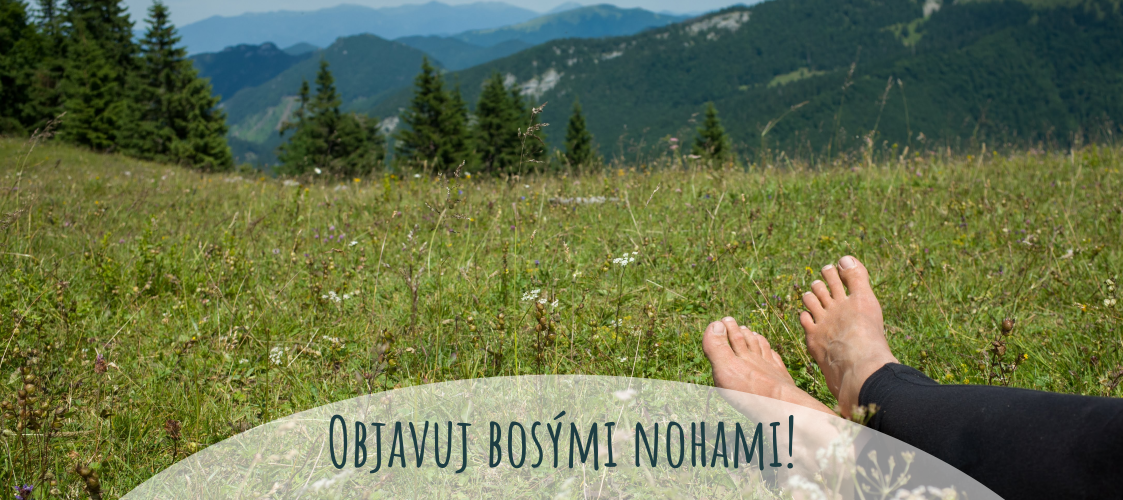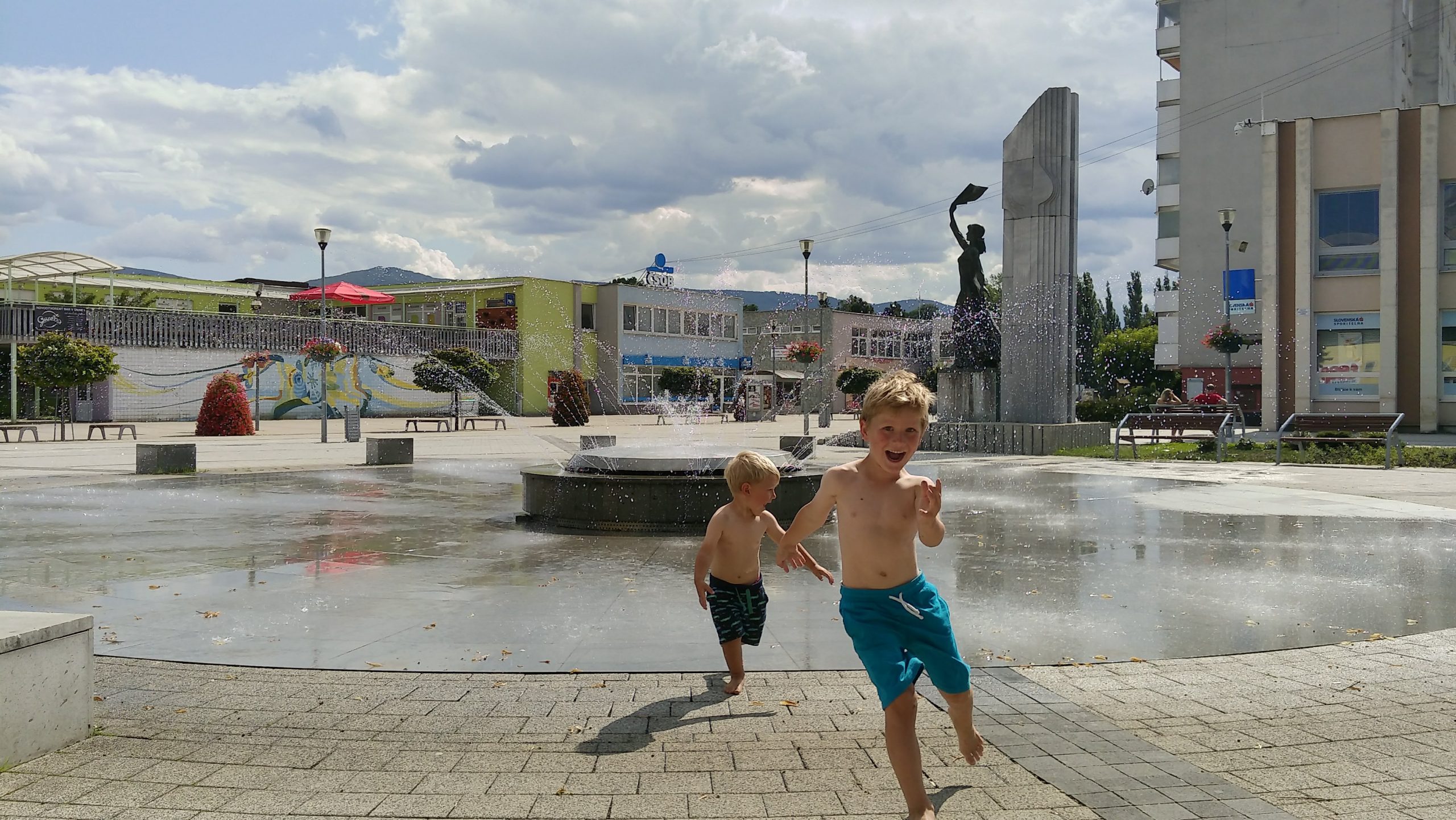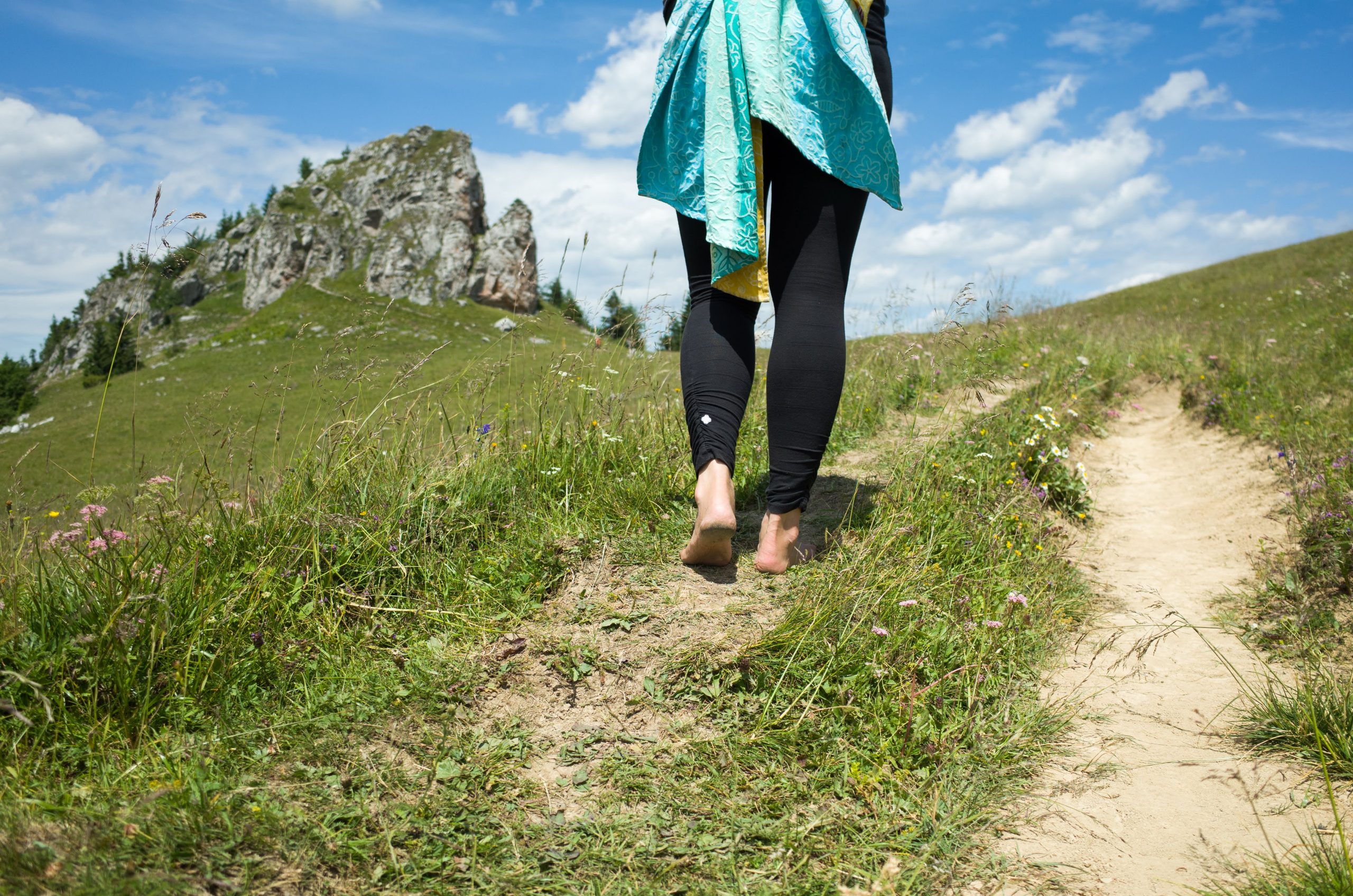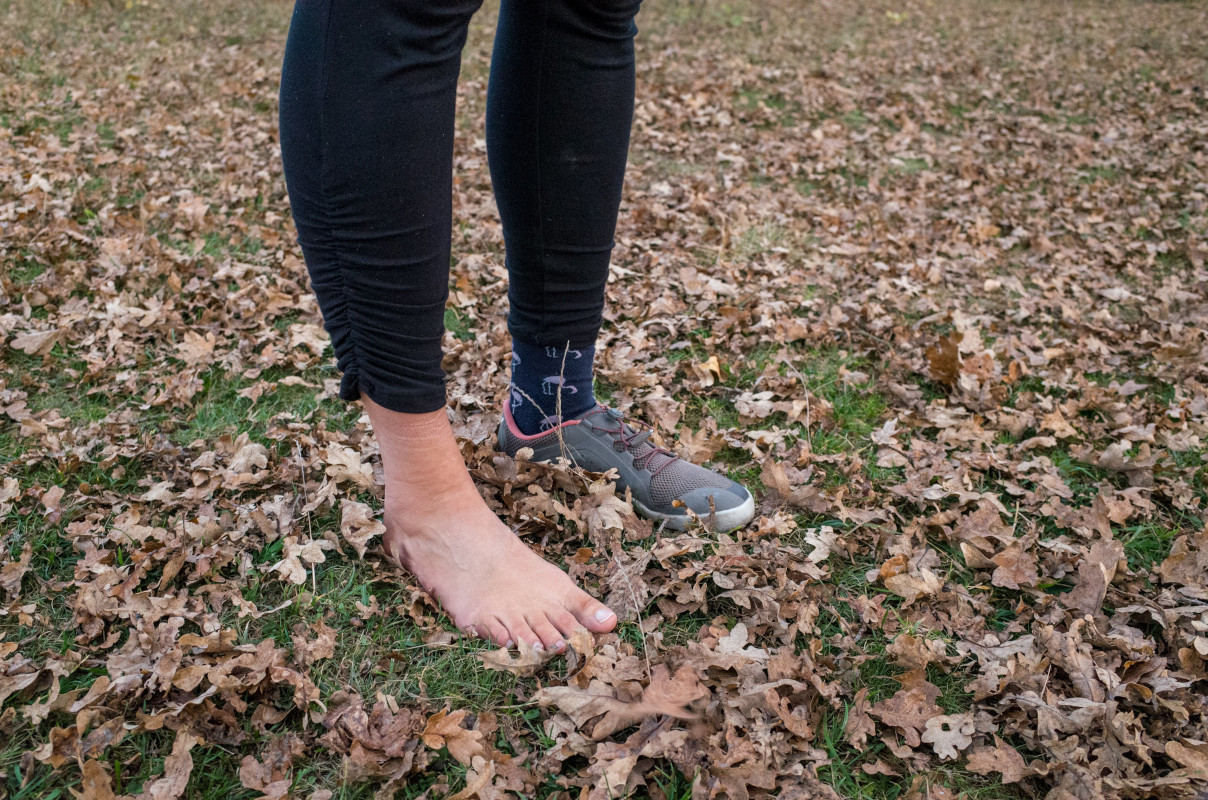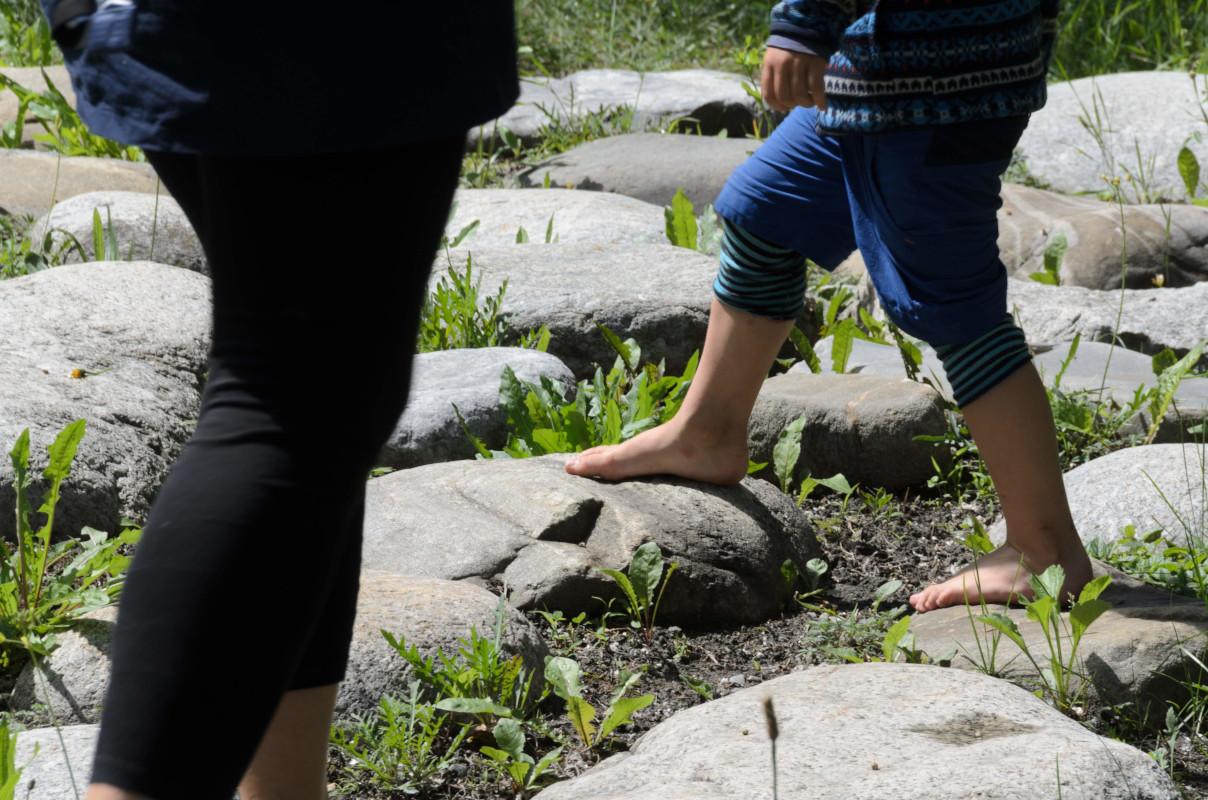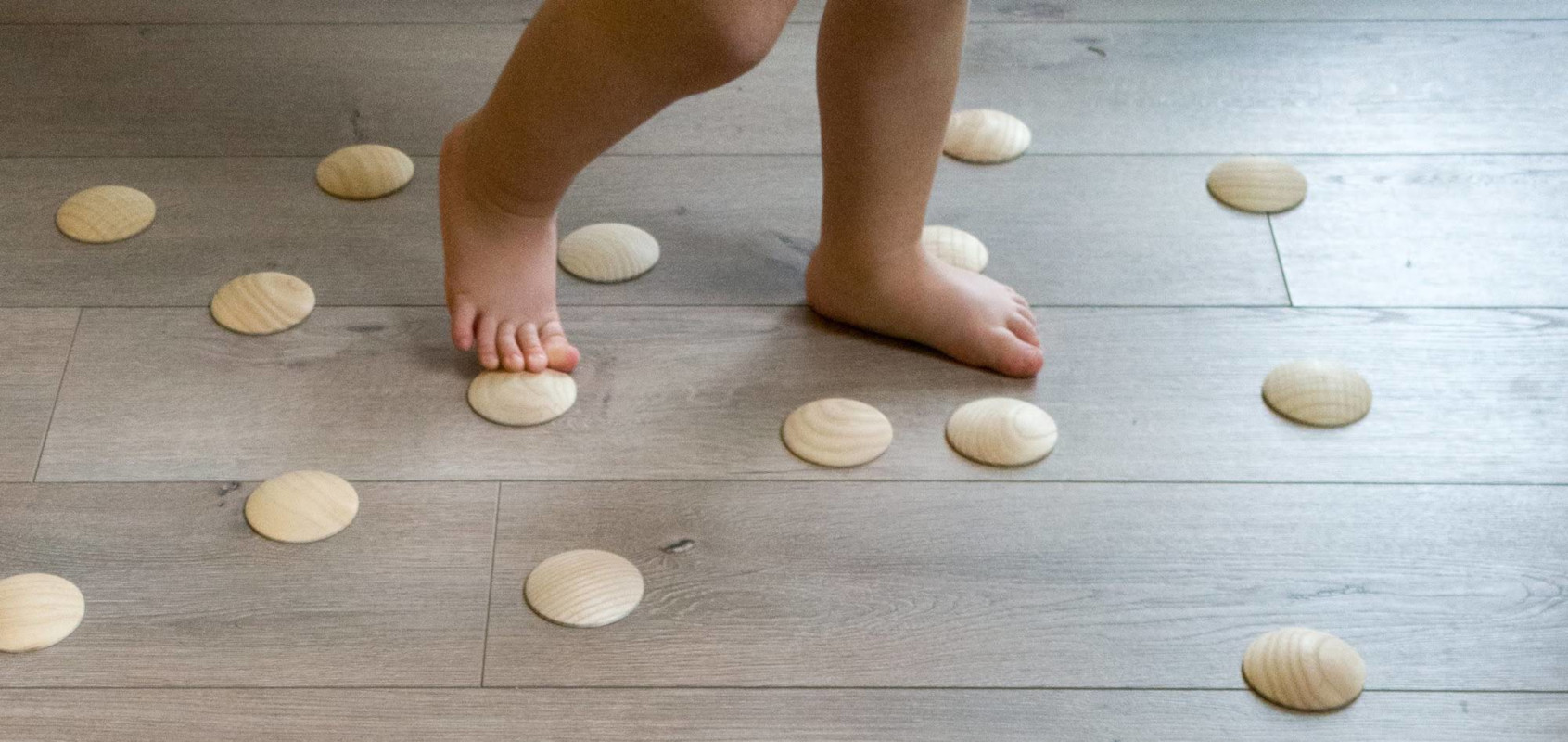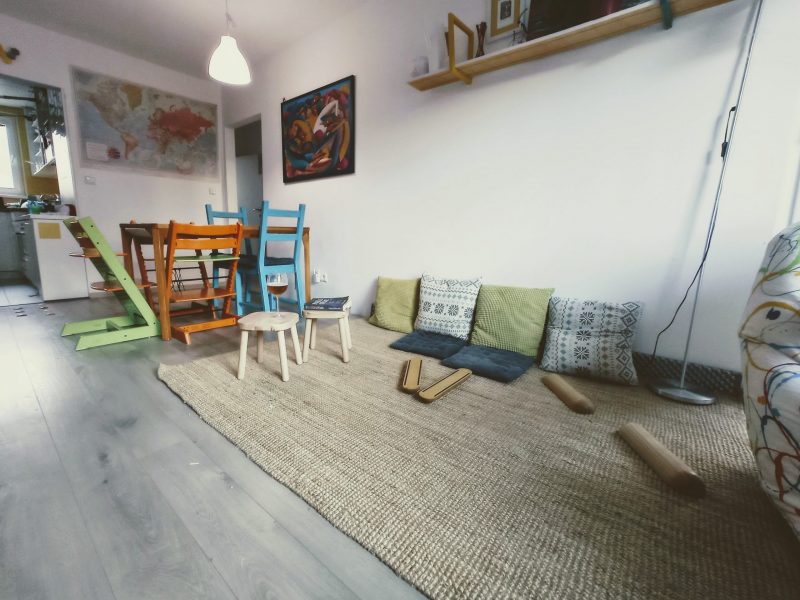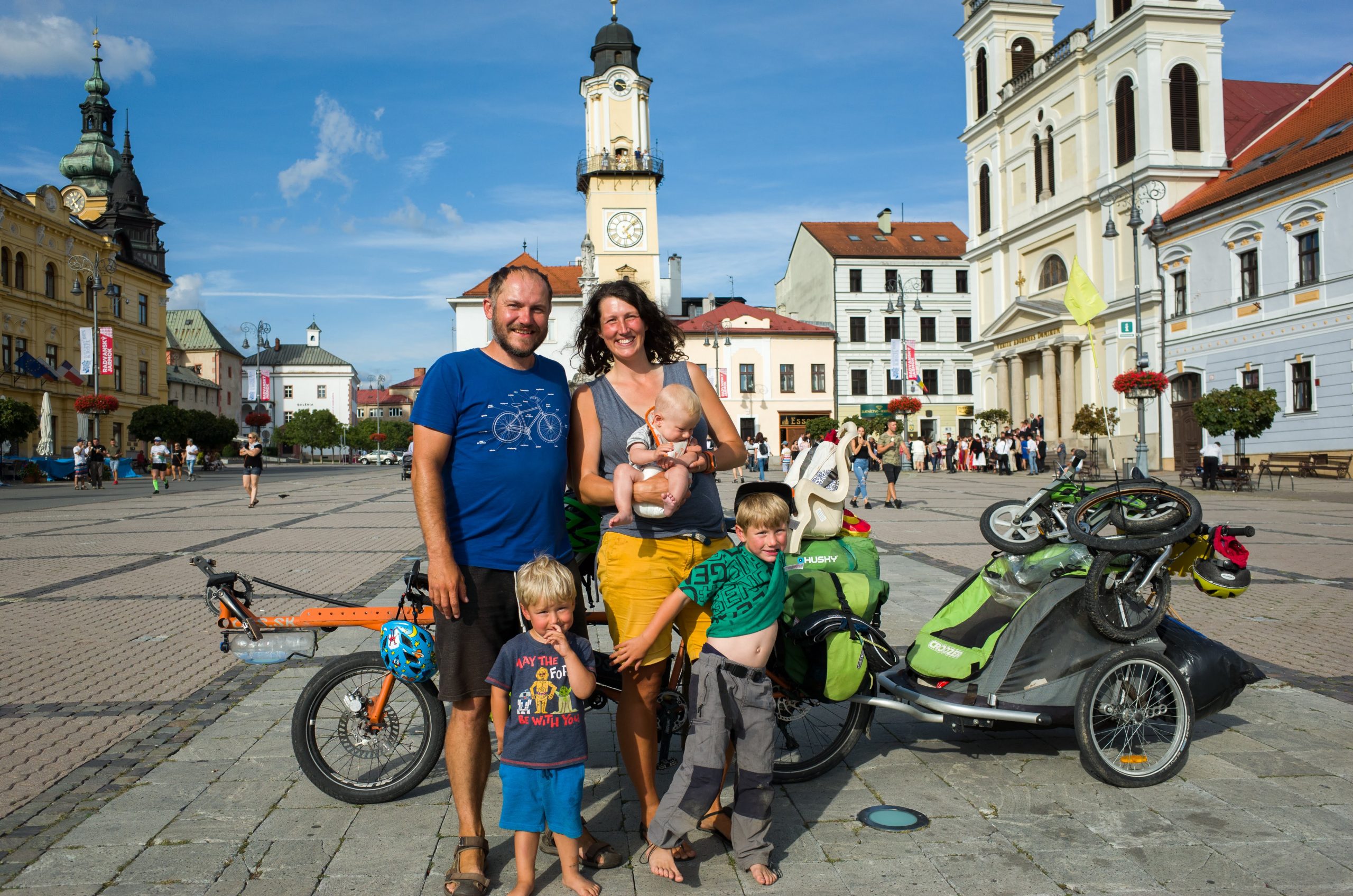Whether outside, when viewing our photos or at presentations – people are still surprised that we are often barefoot.
That is why we have prepared this short article, where we will introduce you to our other side – the barefoot one. We have already written how we got to walking barefoot. This article will be a small introduction to barefoot walking, and that barefoot walking is not the same as walking barefoot.
We got into barefoot walking in our way – our traveling way – without any preparations, with a lot of enthusiasm and little information. This little hobby of ours was transformed into my doctoral research and finally into our own barefu project.
And because of the knowledge of the scientific side of barefoot walking I do not consider walking barefoot outside as something weird, eccentric or just a way to attract attention, but on the contrary as a complement to a healthy and active lifestyle.
What are benefits of walking barefoot?
- more information about our surroundings (where is a shadow, where are rocks, where do prickly plants grow, how many insects and bees fly around, where is glass, where is a large soft layer of needles …)
- it forces us to slow down and really focus on our surroundings and especially on the places where we step
- our feet are forced to work, stretch, shrink, bend due to stimuli
- our bodies have to correct unevenness that cannot be corrected only by the feet and thus they exercise
There are barefoot shoes – why we just not wear those?
- barefoot shoes try to give the foot the ability to work as when it is barefoot (video). Such shoes meet several criteria and, when used correctly, are really a much better choice than regular shoes.
- we also wear shoes but when we wear them – they are barefoot shoes
- although barefoot shoes really give the foot much more freedom than regular shoes, it does not match the freedom of walking barefoot
- The barefoot gait of commonly shod people is different than the gait of really barefoot people (video) – we stomp, we don’t pay attention to our surrounding and we walk like “in our shoes”. However, if we are really barefoot outside, the stimuli will not allow it – we tread carefully and attentively. In barefoot shoes, we are not forced to walk this careful with mindfulness, so many of us walk in shoe style – and that’s BAD!
Why is it necessary to stimulate the feet and how often?
Our feet are closed all day in shoes that more or less limit their natural functioning and range of motion. This means that we do not involve all the muscles of the feet and body intended for walking and standing. On the contrary, we compensate by involving muscles that are not intended for long-term use while walking. The result is then overloading of certain parts, or poor posture and possible deformities or pain.
If we want our feet and legs (and joints, muscles, or spine – the body is a connected complex) to serve us for many years, we should not forget to train them and keep them in good physical condition every day!
This means that walking on the beach on summer vacation or a barefoot day once a year is not enough and can be a big burden for unprepared feet (blog). Regularity and small doses of the new movement of the feet are the key to good physical condition.
Is it enough to walk barefoot at home?
For most people, a home interior is the only place where they are willing to take their shoes off. However, flat hard floors do not offer us enough stimuli that would force us to engage and train all the muscles of the leg. The brain quickly evaluates the surrounding surfaces as safe, and we continue our all-day “shoe style”. However, this is different from conscious barefoot walking (for example, on stones) – when we are forced to engage all the muscles of the feet, parts of the legs and also the abdomen. It is the change to conscious barefoot walking that is very important. It eliminates stomping, in which our joints and spine suffer and involves and trains more muscles.
We can create stimulating places even at home (blog), where our feet rxcercise, so walking barefoot outdoors will not become a shock therapy, but a natural continuation of an active approach to body and life.
Since the feet are not isolated from the rest of the body, we must also keep in mind that their movement will not “save” us. An active approach to life and body is a complex set of several things. However, having exercise in your life does not mean that you have to spend hours doing sports (but if you enjoy it, keep going it). The point is to create a stimulating space where you move during your normal activities. (blog)
Being barefoot on the road gives us another sense which helps us to get to know the surroundings. Thanks to barefootness, we are even stranger to many people (as if Rusty and traveling with children were not enough), but at the same time it is another topic for discussion with which we can broaden the horizons of other people. Let’s get barefoot friends – but with common sense! (Feel free to contact us if you have more questions about barefoot walking, home floor stimulation or active interior, or visit our website www.barefu.com, where we try to spread awareness on these topics).

